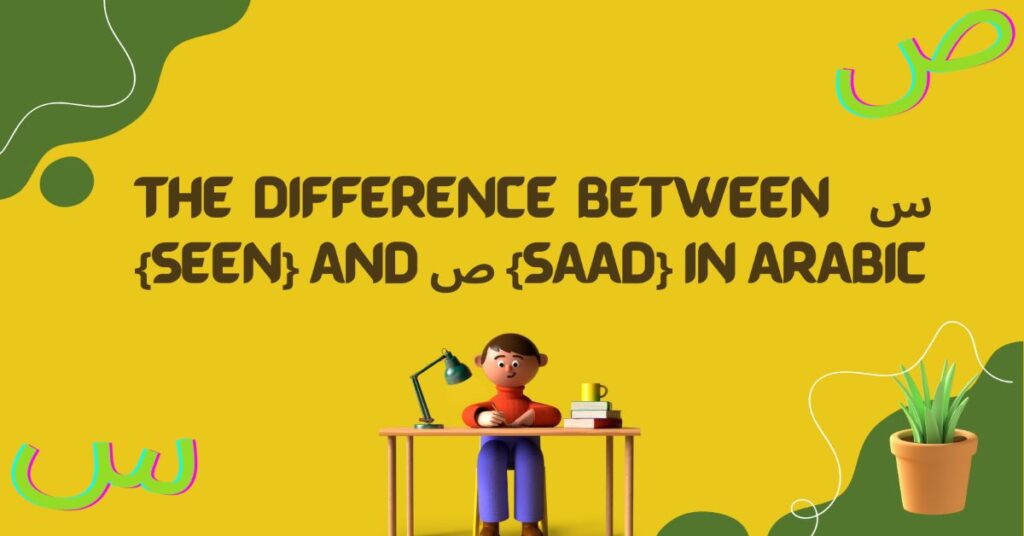Translating English to Arabic is in high demand nowadays, as the Arab markets are opening up and consuming more and more content in all directions, be it education, entertainment, or technology.
Translation to, or rather writing in, Arabic can be a little difficult as the target language is tricky for non-natives. With so many rules and vocabulary, Arabic is among the most difficult languages to learn. However, we compiled a list of guidelines for translators who want their translations to be smooth and error-free.
Digest it first!
Translation is not merely transferring a text from one language to another; it is a delicate process in which you extract the message of the original text and faithfully convey it into the target language. Think of what the original writer is trying to say and then change their message rather than their words into Arabic. Let’s say you are trying to translate “walk a mile in my shoes”, you can simply write “أمشي ميلًا في حذائي”, and some Arabs who are familiar with the English expression will understand your meaning. But if you use “تخيّل نفسك مكاني”, that will ring true to all your Arab readers.
Forget about word count and text structure; focus on the message of your work and maintain its authenticity and strength.
Consider the audience
Arabs have their own mixed culture, but are mostly conservative. Some countries in the Levant and North Africa are more western-minded than, say, the Gulf, but they still have their limits and firmly instilled traditions. Unless you absolutely have to, avoid using expletives or explicit content, refrain from religious jokes, and maintain an elegant writing style. You can make an exception for works of art, novels, or documentaries. But keep in mind that marketing with sensitive or controversial topics will be counterproductive.
Beware of sentence structures
Among the common mistakes that translators into Arabic fall for, this one is the easiest to avoid. English sentences start with the subject, whereas it is preferable to start Arabic sentences with a verb.
“The boy goes to school every day” is commonly translated as “الصبي يذهب للمدرسة كل يوم”. It is not contextually wrong and still conveys the same meaning. But the correct and fos-ha form of that sentence is: “يذهب الصبي للمدرسة كل يوم”.
Furthermore, Arabic has its own form of passive voice within the verb and does not use auxiliaries, so do not translate them. “The car is driven” or “Lunch is cooked” are often translated to “تتم قيادة السيارة ..” and “يتم طهي الغداء”. The correct forms are “تُقاد السيارة” and “يُطهى الغداء”; no need for extra words.
Check for mistakes and typos
Nothing ruins a wonderfully written piece of text as effectively as spelling errors and grammar mistakes. Typos undermine the message of your words and might change the meaning altogether. Arabic words are more similar than their English counterparts. “جيل”,“حيل”, and “خيل” are all valid Arabic words that mean “generation”, “tricks”, and “horses”, respectively. Arabic grammar Nazis will not tolerate your omission or misplacement of hamza, nor will they endure a verb and faael disagreement. Keep your spelling checker activated and watch out for your grammar. “you’re” and “your” are the least of your worries.
Whether you are translating for your next Arabic class, as a career, or are learning something new, maintaining accurate translation and writing error-free is critical but not complex. All you have to do is digest the original text, pay attention to the audience, translate, and proofread. Voilà! All done.










